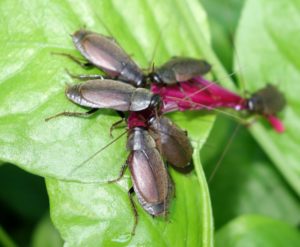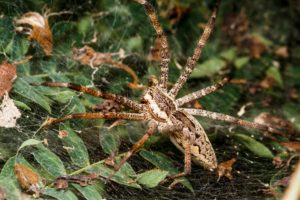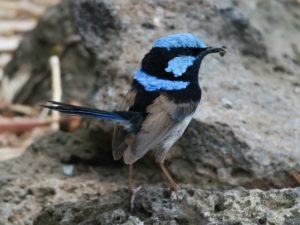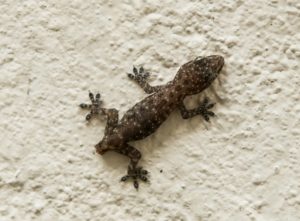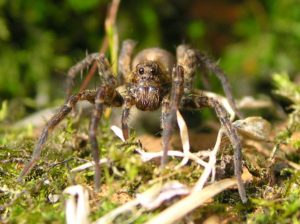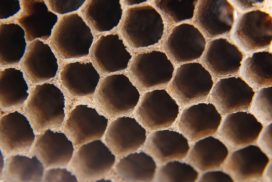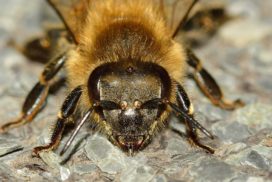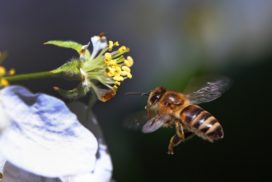HOW DO BEES PROCESS HONEY FROM NECTAR?
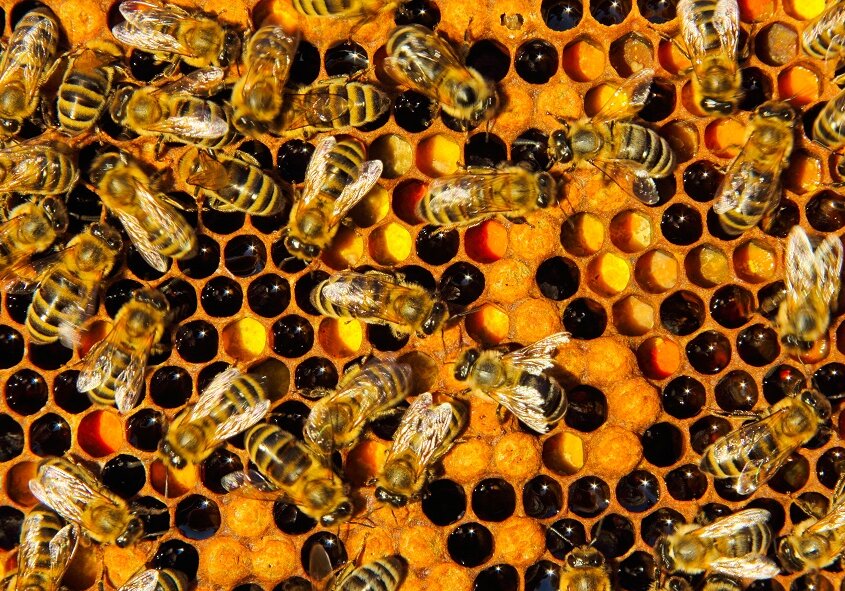
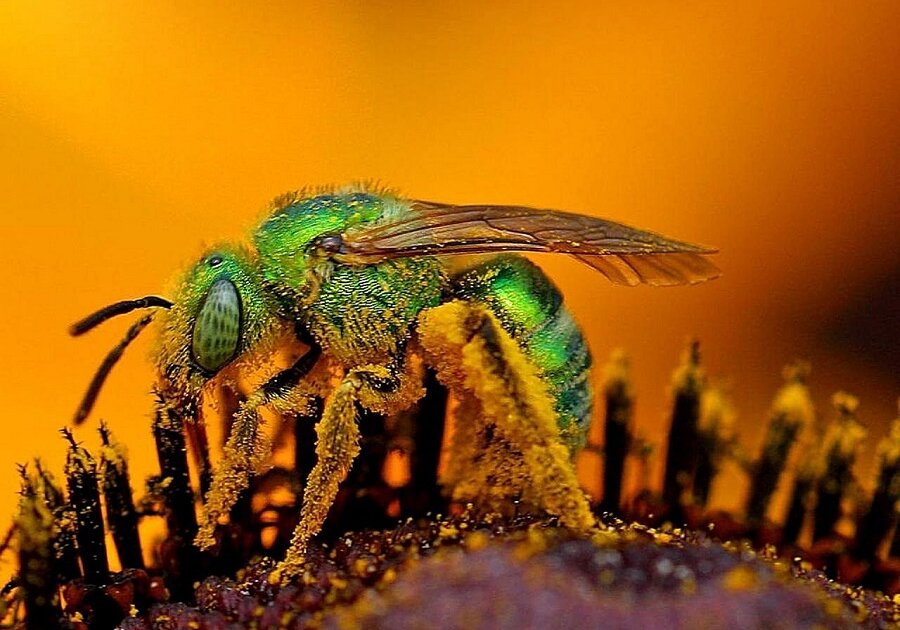
Part of the bee's esophagus has an enlarged special chamber called the honey sac. When a bee visits a flower, it collects nectar and stores it in the honey sac.
A bee has to visit 1,000 to 1,500 individual florets to harvest enough nectar to fill the honey sac. Field bees collect nectar from the flowers, but worker bees process it into honey.
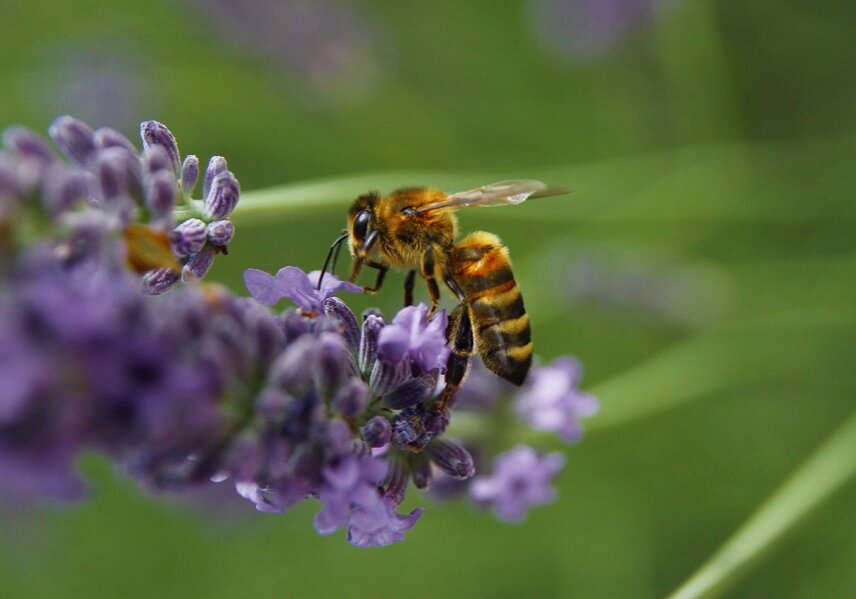
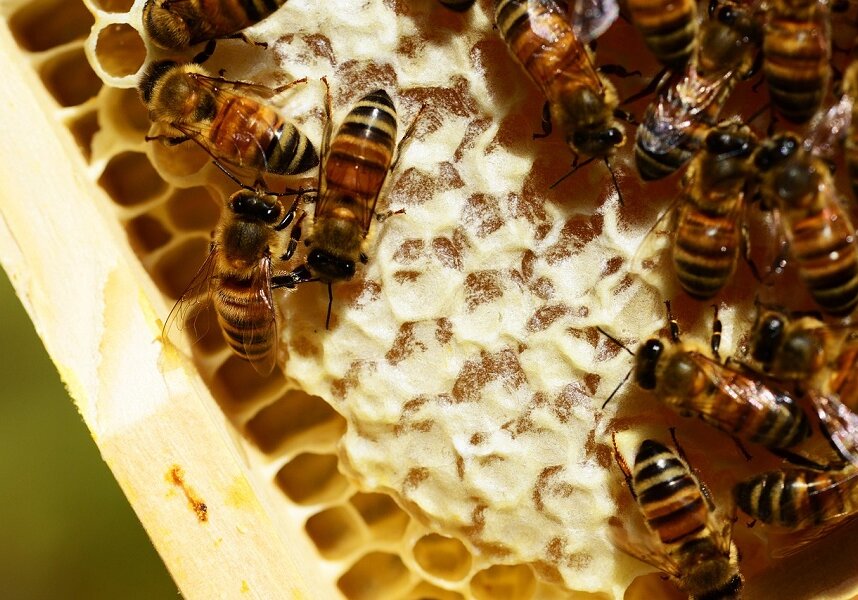
When a field bee returns to the hive, it regurgitates the contents of its honey sac into the mouth of a worker bee. The worker bee deposits the nectar into a cell and processes the nectar into honey.
Nectar gives bees energy. Pollen is the protein they need. To process nectar into honey bees add enzymes.
The beekeeper removes the honeycombs from the hive and uses a heated blade to shave away the wax that covers the honey cells. Honey is extracted from the combs using a honey extractor.
According to Wikipedia, bees use 4 kilograms (8.4 pounds) of honey to make ½ kilograms of wax. It is therefore economical to return combs into the hive after honey extraction. Honey is delicious and good for your health. Medical personnel uses honey products for the treatment of burns and some types of flesh wounds.
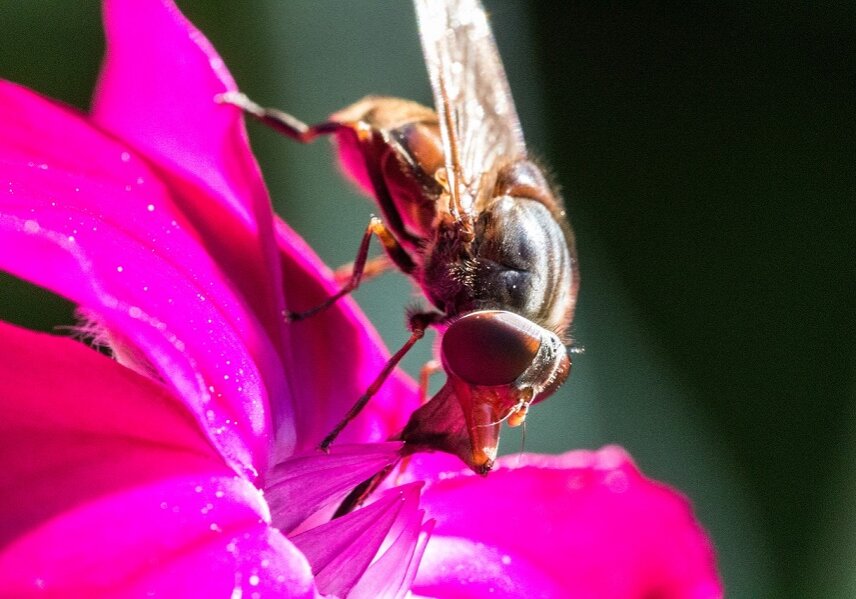
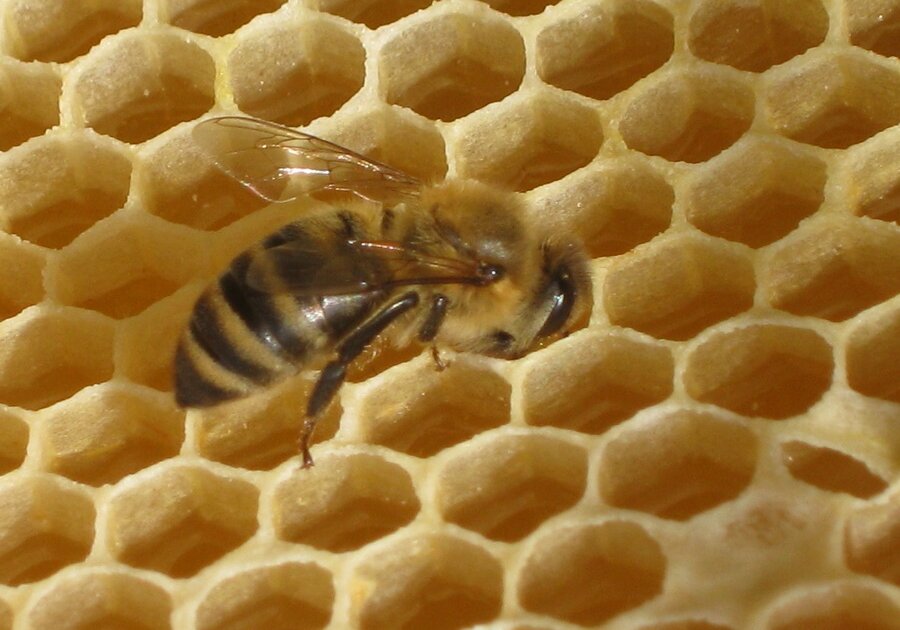
Recent posts
Join us on social media or subscribe!
Sign up to receive our articles in your inbox!
Enter your name and email address below to subscribe.
